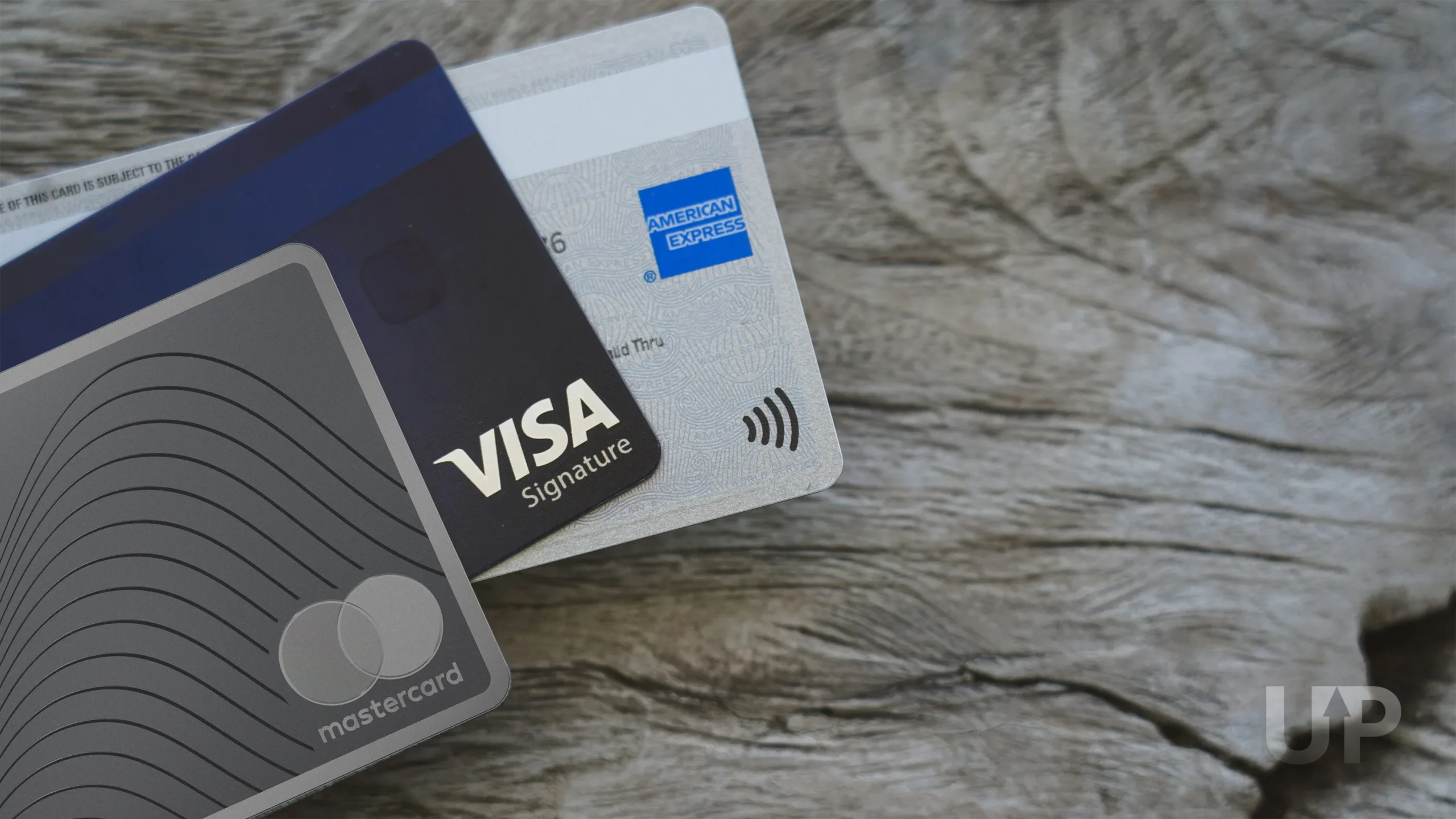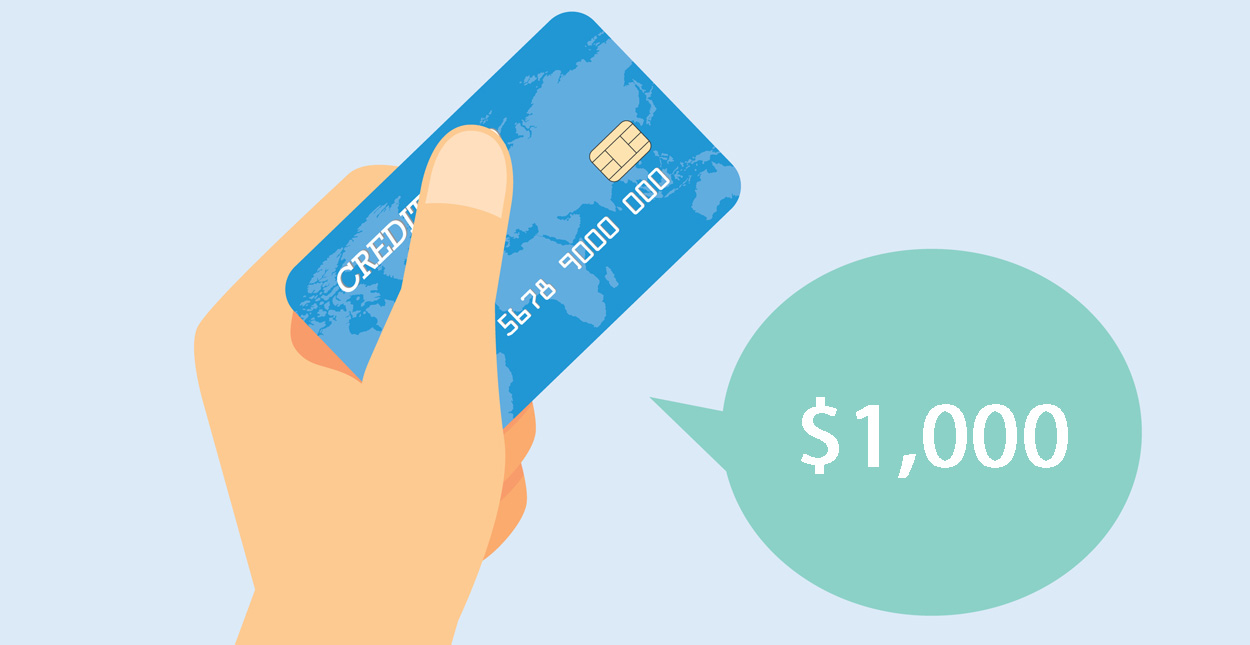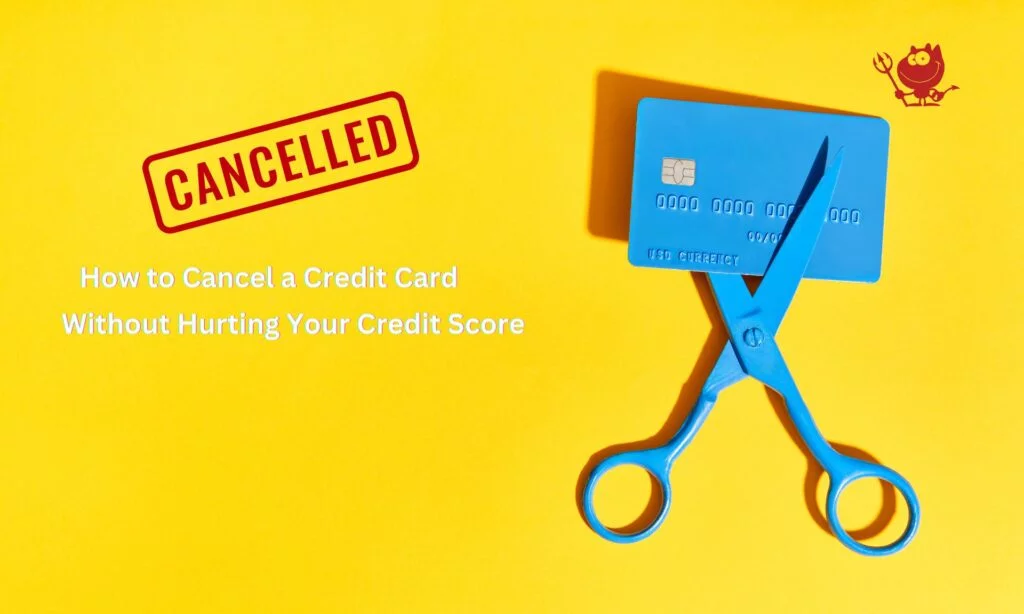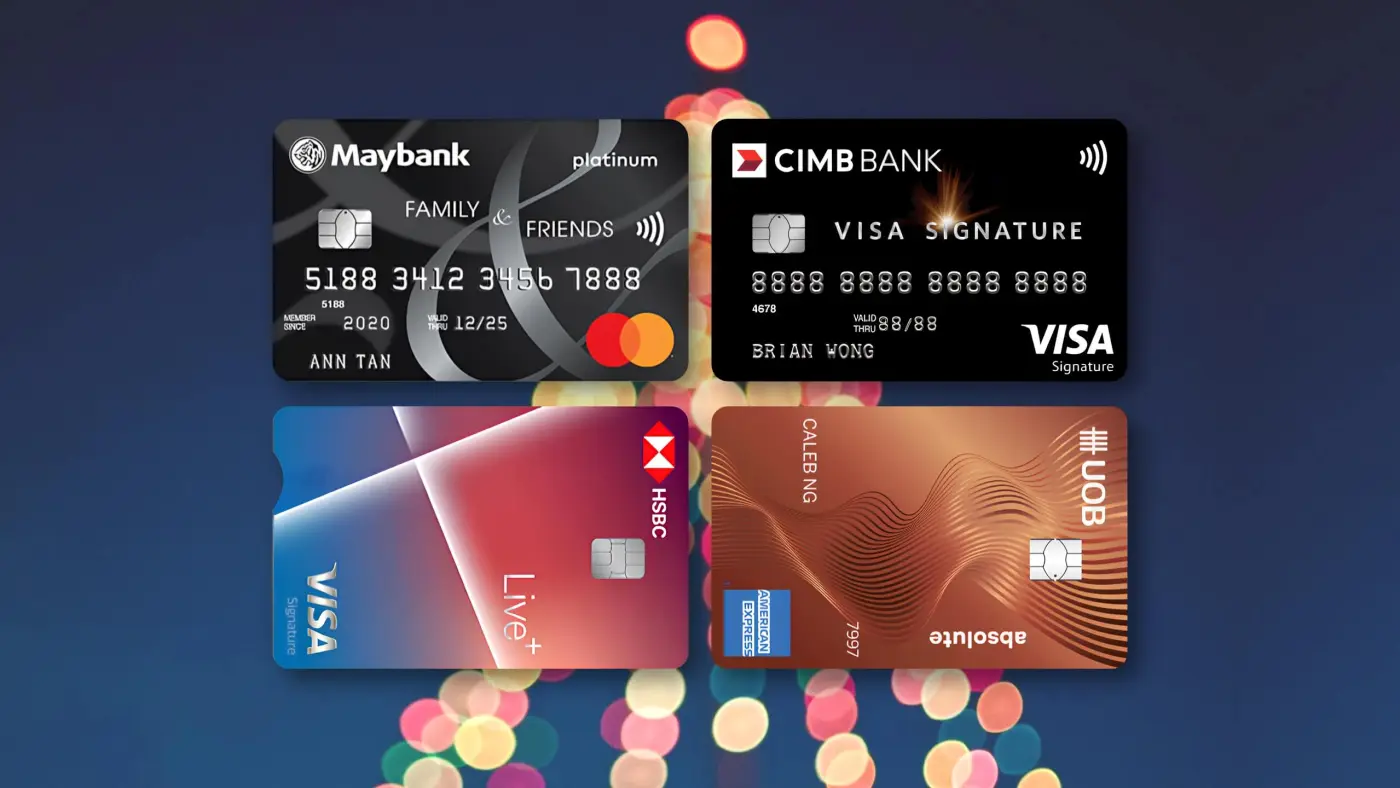In an era of heightened environmental awareness, consumers are increasingly seeking ways to align their daily choices with their values. This movement has extended from the products we buy and the food we eat to the financial tools we use. The rise of “green credit cards” represents a significant shift in the financial industry, offering consumers an opportunity to make a positive environmental impact with every swipe. But what exactly makes a credit card “green”? And are these cards a genuine force for change or simply a marketing gimmick? This comprehensive guide will explore the concept of eco-friendly credit cards, detailing their features, benefits, and how to choose one that is right for you.
What Makes a Credit Card “Green”?
A green credit card is more than just a card with a leaf logo. It is a financial product whose issuer has made a verifiable commitment to sustainability. This commitment is reflected in the card’s physical materials, its operational policies, and its support for environmental initiatives.

Sustainable Materials and Manufacturing
The most visible aspect of a green credit card is its physical composition. Standard credit cards are made from PVC (polyvinyl chloride), a type of plastic that is difficult to recycle and contributes to environmental pollution. Green credit cards, on the other hand, are often made from:
- Recycled Plastic: This includes plastic that has been recovered from industrial waste, as well as cards made from 100% recycled PVC. This approach reduces the demand for new plastics and minimizes landfill waste.
- Ocean Plastic: Some innovative card issuers are using plastic waste recovered from oceans and coastlines to create their cards, directly addressing the global problem of marine plastic pollution.
- Bioplastics: These are plastics derived from renewable biomass sources, such as vegetable fats, corn starch, or straw. They are more biodegradable and have a lower carbon footprint than traditional plastics.
Beyond the materials, the manufacturing process itself can be eco-friendly, with companies using renewable energy sources and minimizing waste in their production lines.
Carbon Offsetting and Environmental Initiatives
Many green credit card issuers go beyond the physical card and use a portion of their profits or fees to fund environmental projects. These initiatives can include:
- Tree Planting: For every new account opened or for every dollar spent, the issuer may commit to planting a certain number of trees, helping to restore forests and sequester carbon.
- Carbon Offsetting: Some cards automatically offset the carbon footprint of the card’s production and distribution, ensuring a net-zero impact.
- Supporting Conservation Efforts: Card issuers may partner with reputable environmental organizations to support conservation efforts, protect endangered species, or fund renewable energy projects.
The key to these initiatives is transparency. Reputable green credit card providers will be upfront about their partnerships and the exact impact of their programs, often providing annual reports or links to their partner organizations.
Partnering with Eco-Conscious Organizations
A green credit card issuer’s commitment to sustainability is often reflected in its choice of partners. This can include:
- Rewarding Eco-Friendly Spending: Some cards offer bonus points or cashback for purchases made at businesses that are certified as sustainable or that sell eco-friendly products.
- Collaboration with Non-Profits: Issuers may partner with environmental non-profits, allowing cardholders to donate their rewards directly to these organizations.
- Investing in Sustainable Ventures: The bank or financial institution behind the card may have a broader policy of investing in sustainable and ethical businesses, ensuring that your money is not indirectly funding environmentally harmful practices.
The Benefits of Choosing a Green Credit Card
Choosing a green credit card is not just an emotional decision; it can also offer tangible benefits.

Aligning Your Finances with Your Values
For many, the most significant benefit is the ability to use a financial tool that reflects their personal values. A green credit card allows you to make a statement with your spending, showing that you prioritize environmental responsibility. This can be a powerful way to feel more in control of your financial impact on the world.
Direct Impact Through Card Usage
With features like automated donations or carbon offsetting, every transaction you make can contribute to a positive environmental outcome. This turns your everyday spending into a force for good, without requiring any extra effort on your part.
Potential for Rewards on Sustainable Spending
Some green cards offer a rewards structure that incentivizes eco-friendly choices. By offering higher rewards for purchases at farmers’ markets, organic grocery stores, or businesses that sell sustainable products, these cards encourage cardholders to support local and green economies.
Key Things to Look for When Comparing Green Cards
When choosing a green credit card, it’s important to look beyond the marketing and evaluate the card based on both its environmental credentials and its standard financial features.
Transparency and Verification of Environmental Claims
Be wary of cards that make vague claims about being “green” or “eco-friendly.” Look for verifiable evidence, such as partnerships with certified non-profits, clear details about their carbon offsetting programs, and public reports on their environmental impact. A truly green card issuer will be proud to share the details of their sustainability efforts.
Standard Card Features
A green card is still a credit card, and you should compare it on the same metrics as any other card.
- APR and Annual Fee: Is the interest rate competitive? Is the annual fee reasonable for the benefits offered?
- Rewards Structure: Does the card offer rewards that are valuable to you?
- Benefits and Protections: Does the card offer purchase protection, travel insurance, or other benefits that you value?
The Card Issuer’s Overall Environmental Record
Consider the broader policies of the bank or financial institution behind the card. Does the bank as a whole have a history of investing in sustainable projects, or are they still heavily involved in funding fossil fuels? A green credit card from a bank with a poor environmental record may be seen as an attempt at “greenwashing.”
Is a Green Card Right for You?
Green credit cards are not a magic bullet for solving environmental problems. A high-spending, high-debt consumer who uses a green card is still contributing to a larger problem. However, for a consumer who is already committed to living a sustainable lifestyle, a green credit card can be a powerful and effective tool. It is an opportunity to make your finances reflect your values and to contribute to positive environmental change with every purchase you make.
Final Conclusion: A Step Towards Conscious Consumerism
The rise of green credit cards signals a growing demand for financial products that are both profitable and responsible. For the environmentally conscious consumer, these cards offer a compelling way to support sustainability, reduce plastic waste, and contribute to a healthier planet. While a green card is not a substitute for broader lifestyle changes, it is a simple yet powerful step towards conscious consumerism and a more sustainable financial future. By doing your research and choosing a card from a truly committed issuer, you can make a positive impact with every transaction.













